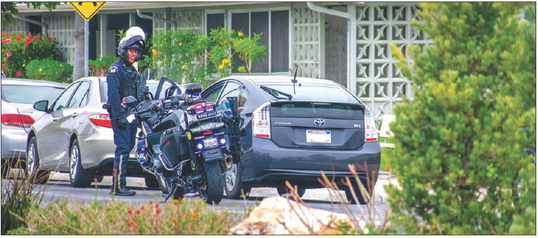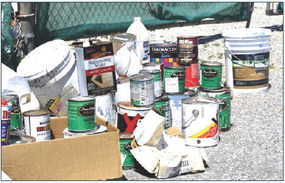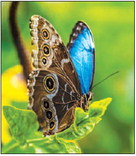The following is a list ….
The following is a list of do’s and don’ts associated with Old Glory, the U.S. Flag, according to www.military.com.
When displaying the flag, DO the following:
• Display the U.S. flag from sunrise to sunset on buildings and stationary flagstaffs in the open. When a patriotic effect is desired, the flag may be displayed 24 hours a day if properly illuminated during the hours of darkness.
• When placed on a single staff or lanyard, the U.S. Flag is above all other flags.
• When flags are displayed in a row, the U.S. flag goes to the observer’s left. Flags of other nations are flown at same height. State and local flags are traditionally flown lower.
• When used during a marching ceremony or parade with other flags, the U.S. Flag will be to the observer’s left.
• On special days, the flag may be flown at half-staff. On Memorial Day, it is flown at halfstaff until noon and then raised.
• When flown at half-staff, the flag should be first hoisted to the peak for an instant and then lowered to the half-staff position. The flag should be again raised to the peak before it is lowered for the day. “Halfstaff” means lowering the flag to one-half the distance between the top and bottom of the staff.
• When the flag is displayed over the middle of the street, it should be suspended vertically with the union (blue field of stars) to the north in an east and west street or to the east in a north and south street.
• When placed on a podium, the flag should be positioned on the speaker’s right or the staging area. Other flags should be placed to the left.
• When displayed either horizontally or vertically against a wall (or other flat surface), the union (blue field of stars) should be uppermost and to the flag’s own right, that is, to the observer’s left.
• When displayed in a window it should be displayed in the same way—with the union or blue field to the left of the observer in the street.
• When the flag is displayed on a car, the staff shall be fixed firmly to the chassis or clamped to the right fender.
• When the flag is used to cover a casket, it should be so placed that the union is at the head and over the left shoulder. The flag should not be lowered into the grave or allowed to touch the ground.
When saluting the flag, DO the following:
• All persons present in uniform (military, police, fire, etc.) should render the military salute. Members of the armed forces and veterans who are present but not in uniform may render the military salute.
• All other persons present should face the flag and stand at attention with their right hand over the heart, or if applicable, remove their headdress with their right hand and hold it at the left shoulder, the hand being over the heart.
When stowing or disposing of the flag, DO the following:
• Fold in the traditional triangle for stowage, never wadded up. • The flag should be folded in its customary manner.
• It is important that the fire be fairly large and of sufficient intensity to ensure complete burning of the flag.
• Place the flag on the fire.
• The individual(s) can come to attention, salute the flag, recite the Pledge of Allegiance and have a brief period of silent reflection.
• After the flag is completely consumed, the fire should then be safely extinguished and the ashes buried. • Make sure you are conforming to local/state fire codes.
Quick list of flag etiquette don’ts: • Don’t dip the U.S. Flag for any person, flag or vessel. • Don’t let the flag touch the ground. • Don’t fly the flag upsidedown unless there is an emergency.
• Don’t carry the flag flat or carry things in it. • Don’t use the flag as clothing.
• Don’t store the flag where it can get dirty.
• Don’t use it as a cover.
• Don’t fasten it or tie it back. Always allow it to fall free.
• Don’t draw on or otherwise mark the flag.



